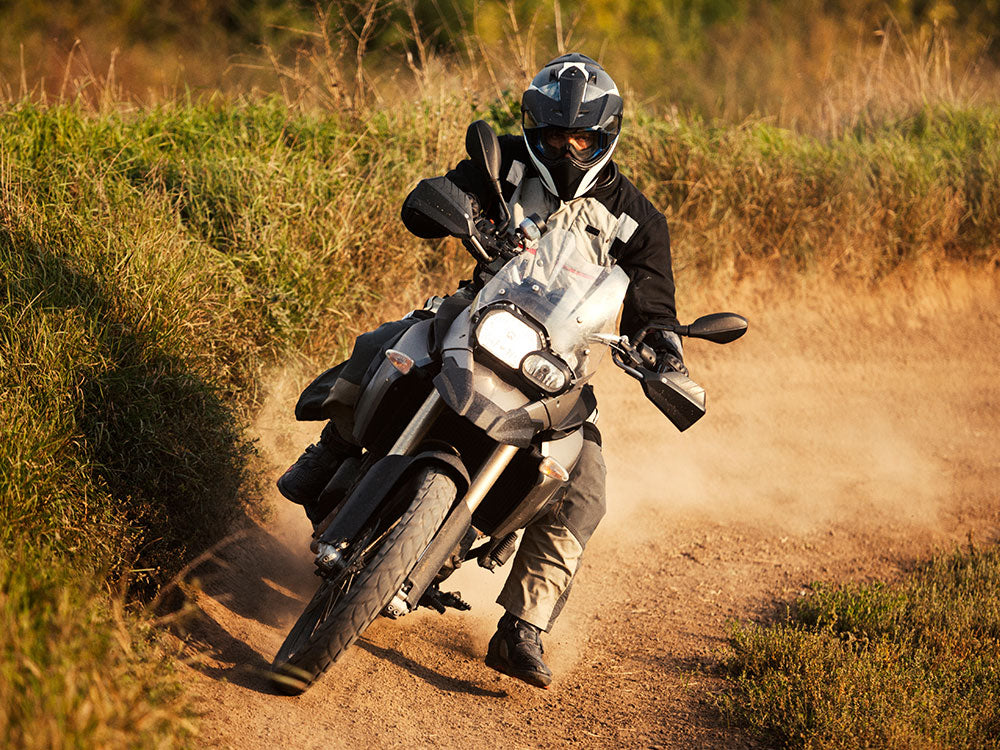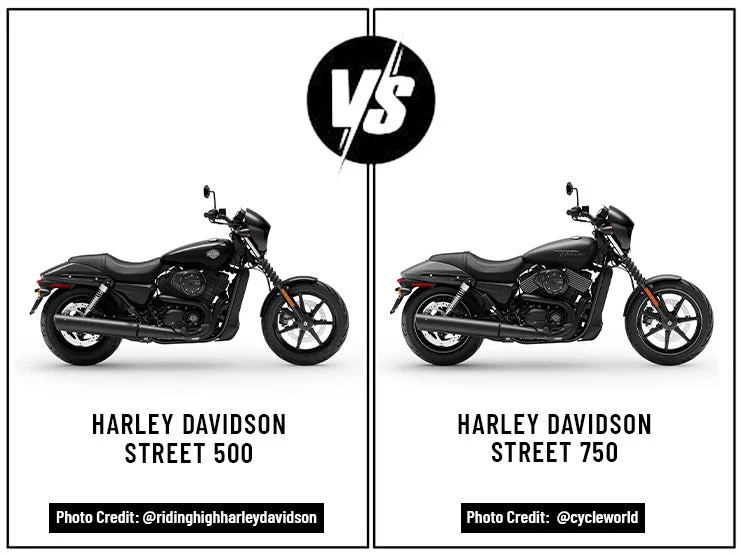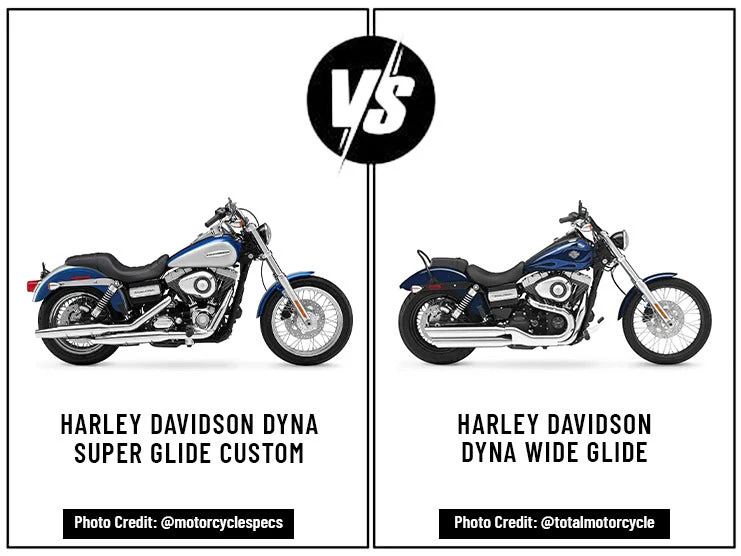Table of Content
1. Introduction
Adventure motorcycles are street-legal two-wheelers that are suited for traveling on paved roads and off-road trails. These vehicles are best suited for pulling off high-speed maneuvers and traveling for several days across long distances. Though adventure motorbikes are best ridden by intermediate or expert riders due to their powerful engines, there are models accessible to beginners and veteran motorcyclists.
However, getting on an adventure motorcycle without fully understanding how to operate one or taking time to plan each step of a motorcycle trip with an adventure motorcycle is just asking for disaster to strike. Practicing on your own, getting advice online or from other riders, and watching more experienced adventure motorcycle riders will help improve your riding skills. However, even with all that, it is still possible to make mistakes when riding an adventure motorbike.
Though you cannot always ride an adventure motorcycle with flawless technique, you can lessen the risk of making mistakes by reviewing and becoming familiar with them. Once you do that, you should be able to avoid making adventure motorcycle riding mistakes more often.
2. Not Practicing with New Adventure Bike
Though all adventure bikes are built for on- and off-road travel, no two models are exactly alike in terms of specs and design. Depending on the brand and series, adventure motorcycles can slightly or drastically differ in engine size, horsepower, torque, speed, brake system, seat position, etc. Unfortunately, many riders assume that most adventure bikes more or less handle the same way. Novice riders or riders who had previously owned another adventure motorcycle who take out their new ride without practicing first often find themselves having trouble maintaining control or reacting quickly to incoming hazards.
Before setting out on a trip, riders should take their time practicing on their new adventure motorcycles in an empty parking space or the local neighborhood, so long as it is away from heavy traffic. Riders should know how to apply maintenance and repairs in case of emergencies. If it is possible to customize the adventure bikes, riders can attach aftermarket parts that improve performance or provide extra features. Examples include seats, sissy bars, luggage racks, fairings, crash bars, handlebars, and backrests. After becoming familiar with the components and controls, riders should only travel long distances if they feel comfortable staying atop the vehicle.
3. Not Checking the Terrain
Adventure bikes are fitted with tires that offer better traction on dirt and gravel roads, but they can still slip on unpaved terrain if the rider is riding carelessly. When researching the best route to take to reach your destination, make sure you look out for any warnings or footnotes that state the type of terrain or road conditions you are bound to come across. Having prior knowledge of what the route will be like will help you be better prepared to avoid obstacles and ride at the appropriate speed. If there is a high chance of rain on certain days or routes that have been temporarily closed, you can avoid traveling on rainy days or take alternate routes to your destination.
While you are on the road, make sure to keep your eyes peeled for any potholes, bumps, or slick spots on the road. Try to maneuver around any dangerous spots on the road if possible, or apply the brakes and reduce speed to keep your motorcycle from losing balance. Never increase speed or suddenly turn when coming across rough terrain since it could cause you to skid. And never place too much faith in your adventure motorbike’s tires' capability to travel over uneven paths.
4. Not Using the Front & Rear Brakes
Though almost all adventure motorcycles come with front and rear brakes, the rear brake tends to be favored on off-road trails and rough terrain. The front brake tends to be used when traveling on paved streets and asphalt highways since applying it too quickly could cause you to be flung forward off your vehicle. However, ignoring or forgetting to use the front brake can be fatal, especially when using it together with the rear brake could have helped prevent a collision.
Whether on paved or uneven roads, it is possible to stop more quickly if you know which order to apply the front and rear brakes. First, gently apply the brake to reduce speed and ensure your vehicle remains stable. Then, when your motorcycle has slowed down, apply the front brake to immediately stop in place.
5. Not Refilling Tires
Adventure motorcycle tires with adequate air pressure ensure better handling and traction when traveling atop dirt and gravel. However, many riders let air escape and cause the tires to deflate somewhat because they believe this will improve traction when off-roading. Unfortunately, because most adventure motorcycles are heavyweight vehicles, letting air escape will cause extra weight to be exerted on the tires. With less air separating the tire walls and the wheel rims, the former may quickly become flat, and the latter may become dented due to constantly impacting the road.
Before heading out on a trip or stopping at a rest stop, check the air pressure in both tires to ensure that they are inflated enough. While in your garage and on the road, make sure to have a tire pump handy just in case you need to refill the tires. The only acceptable time to let out air is if your adventure motorcycle is stuck in sand or mud; make sure to refill the tires immediately after your ride has been pulled out.
6. Not Being Mindful of Travel Distance
When going on a tour, many adventure motorcycle riders want to visit as many locations, pass by as many sights, and travel as far as they can within a day. However, trying to cram in as many activities as possible without taking breaks to rest or eat can cause you to become fatigued. If you travel long into the evening, being exhausted could impair your judgment, make it difficult to see, and increase the risk of getting into an accident. Trying to complete a motorcycle trip in a single run is not recommended.
If your adventure motorcycle trip requires traveling hundreds of miles and cannot plausibly be done within one day, you should plan your excursion so that it spans a few days. Aim to travel at least during the morning and afternoon hours, spacing out the time you are on the road, refilling on gas, stretching at a rest stop, and finding somewhere to spend the night. Try to spend enough time off of your motorcycle just as much as you spend time riding it.
7. Tensing Your Muscles
Though maintaining your grip on the handlebars will ensure you can adjust direction quickly, tensing your muscles due to nervousness can hinder your reaction time. If your whole body is tense, including your back, arms, and hands, then simple maneuvers like braking and turning become stiff. Riders often tense up either because they lack riding experience or because traveling over bumpy terrain makes them anxious.
To help you feel less tense, try to reduce speed when traveling over bumpy terrain to help you maintain better control over your adventure motorcycle. Even if you travel over a puddle or loose rock, trust that the suspensions and tires will work. Try to take deep breaths, check your surroundings, and relax your hold on the grips.
8. Forgetting Essential Carry-Ons
Many adventure motorcycle riders pack their luggage on the day of the trip rather than in advance. Being in a hurry to get on the road could cause riders to feel rushed, forget to pack certain belongings, and fail to double-check that they have everything they need. Whether it is electronics, provisions, etc., riders often find themselves faced with problems or stuck in situations that would have been easy to fix if they had only remembered to bring the right tools.
When carrying belongings on an adventure motorcycle, make sure to travel light. Have your ride equipped with saddlebags or similar means of storage that are secure, weatherproof, and easy to mount. Afterward, look online and print out or write down a checklist of everything you need for your motorcycle trip. Regardless of whether you are going on a camping trip or interstate travel, you should at least make sure to bring the following items: a map, a first-aid kit, repair tools, riding gear, cash or a credit card, and your electronics. Make sure your essentials can fit in whatever storage space is available; if there is room left, you can bring a few luxury items so long as they do not add too much weight.
9. Riding Alone or With Bad Company
If you are planning to travel to another state or go on a long tour, it is best to avoid traveling on your own. If your motorcycle suffers mechanical issues while you travel in the wilderness or on a highway with little traffic, you could end up stranded with no help nearby. But if you travel with a group, make sure the other riders are people that you can trust. If you travel with other riders who care about the thrill and who offer little support if you become hurt or your adventure motorbike suffers mechanical issues, you might as well have gone alone.
After you have decided on your intended destination, try to get in contact with any friends or family that share your love for motorcycle riding. If you cannot or do not have any, try joining a group if there is one available. Make sure to meet with the other riders before the day you embark so you can get to know them better and evaluate their character.
10. Takeaway
Though riding around on an adventure motorcycle can be a fun experience, it will only stay that way so long as you are careful and avoid making mistakes before and while on the road. Knowing how to operate an adventure motorcycle, providing the necessary maintenance, and preparing all the necessities can help ensure you have an enjoyable motorcycle trip. Though these tips are often forgotten and can be taken for granted, taking the time to review this advice on how to avoid adventure motorcycle riding mistakes could help you in a pinch.













Leave a comment
All comments are moderated before being published.
This site is protected by hCaptcha and the hCaptcha Privacy Policy and Terms of Service apply.